
Aircraft engines
An aircraft engine is a component of the propulsion system for an aircraft that generates mechanical power. Aircraft engines are almost always either lightweight piston engines or gas turbines The piston engine is an internal combustion engine. The piston engine

Aircraft History
The Wright Flyer was the first successful heavier-than-air powered aircraft. It was designed and built by the Wright brothers. They flew it four times on December 17, 1903, near Kill Devil Hills, about four
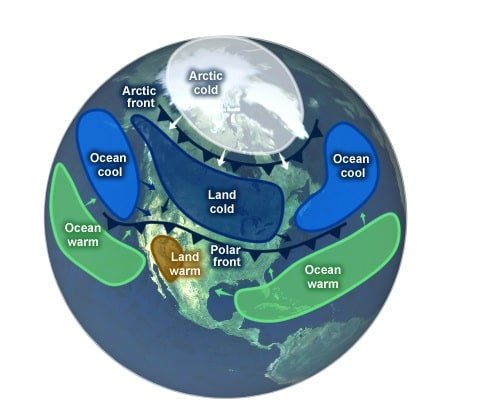
Air Masses
Air masses are large volumes of air with properties of humidity and temperature which remain almost constant in the horizontal. This phenomenon of constant properties arises from the fact that
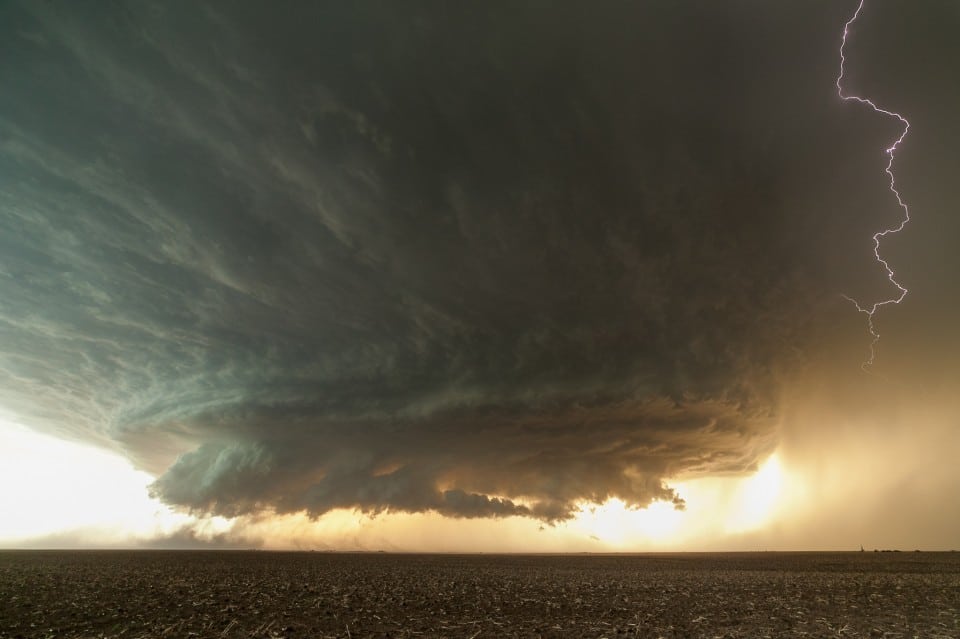
Thunderstorms
Thunderstorms are a weather phenomenon that develops from well developed cumulonimbus clouds. It is estimated that every day there are about 44,000 thunderstorms across the planet. Most student pilots will
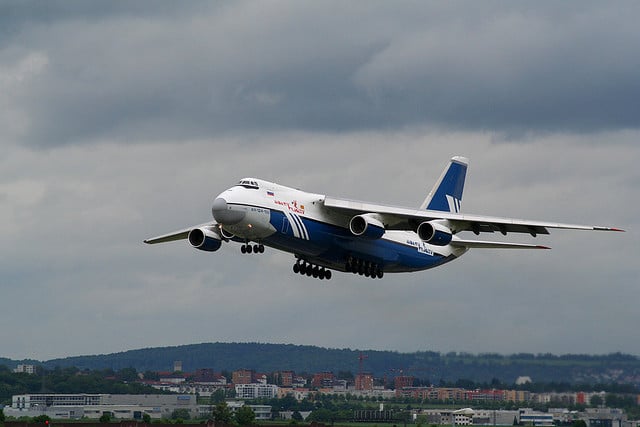
Thrust and Drag
In modern aviation, an aircraft will experience 4 main forces of flight at all times. These four forces define the aircraft behavior in terms of speed, attitude and altitude depending
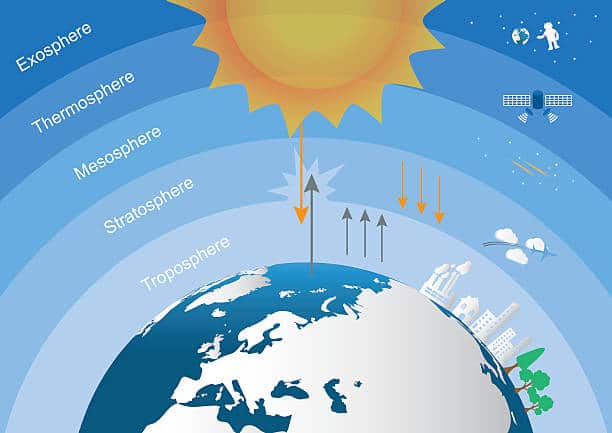
The Atmosphere
Meteorology is the study of the Earth’s atmosphere and the physical processes that occur within it. Flight academies teach Meteorology since it is extremely important for student pilots because the
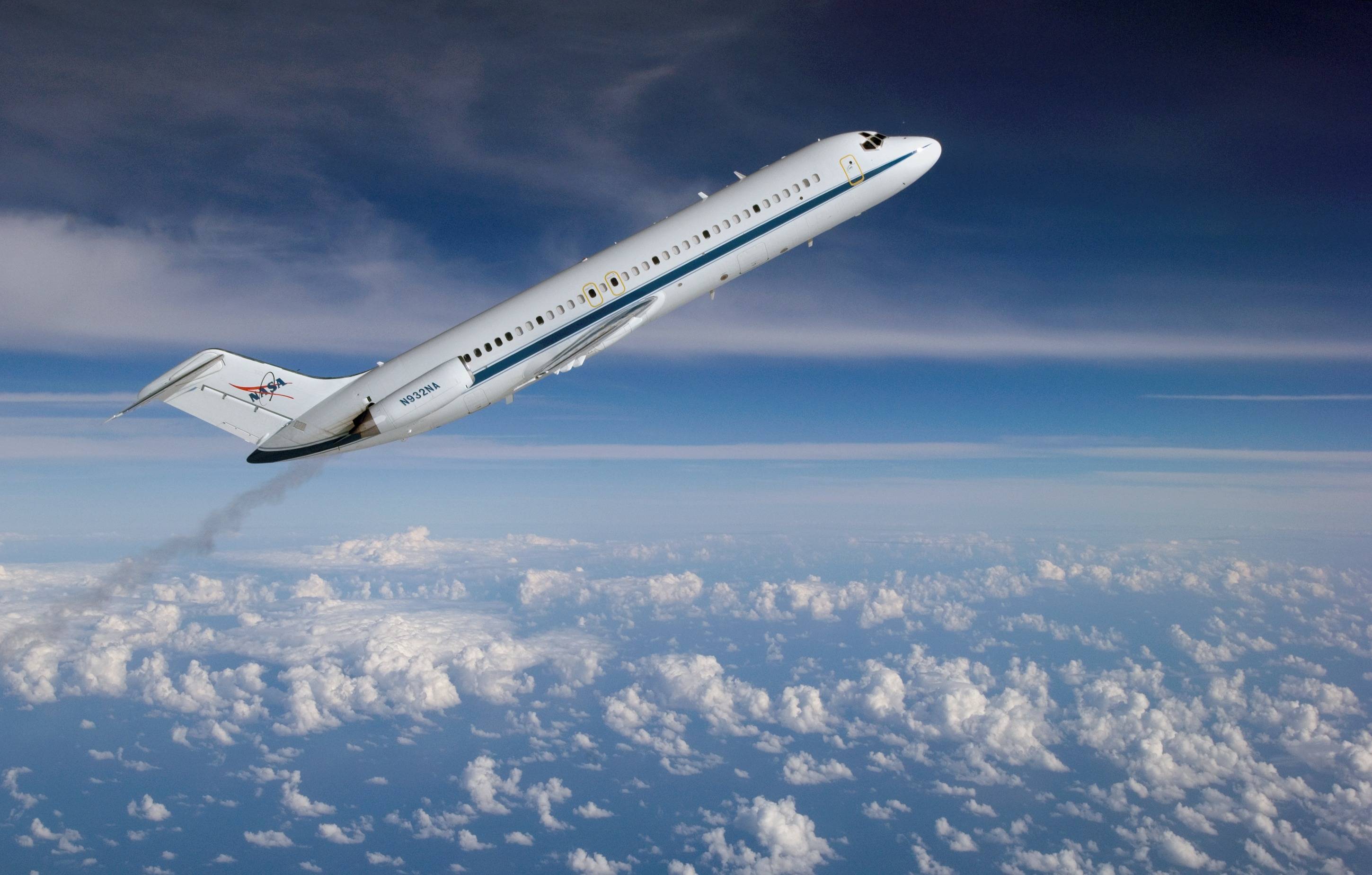
Lift and Weight
As air flows around an aerofoil the pressure differential setup over the upper and lower surfaces produces a force. This force acts perpendicular to relative airflow and is known as
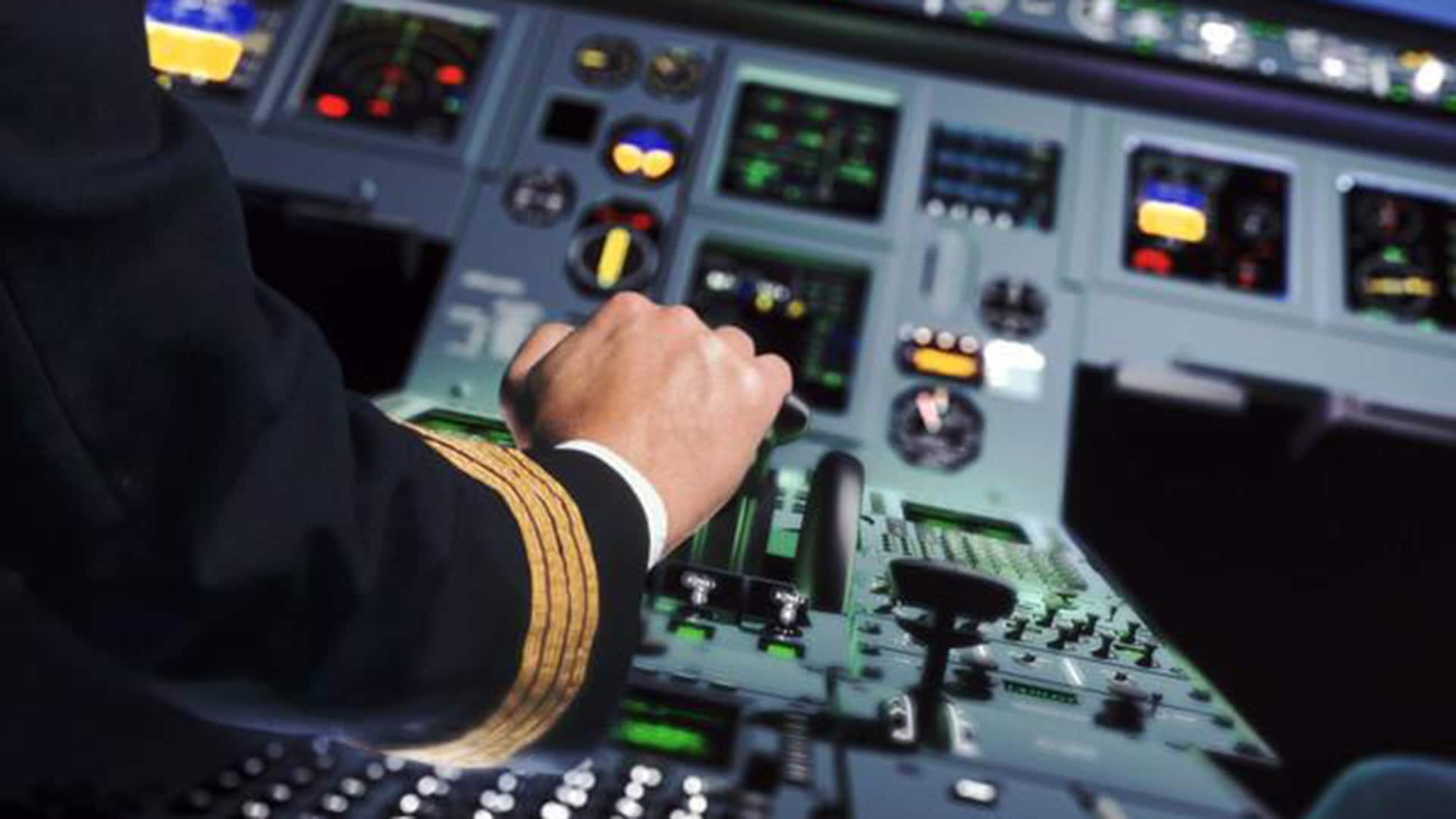
Flight Controls
In flight, an aircraft can rotate about any one or any combination of its three rotation axes. These axes are at right angles to each other and all pass through

Clouds
The hardest part of a student’s pilot flight is maintaining the required clearance from the clouds during his private pilot license. Clouds have always been a threat to non-experienced pilots

